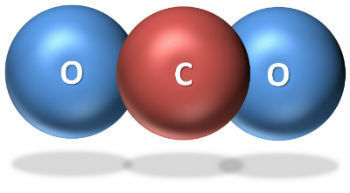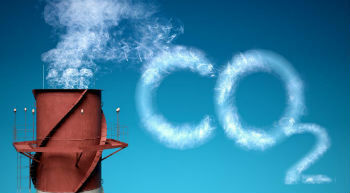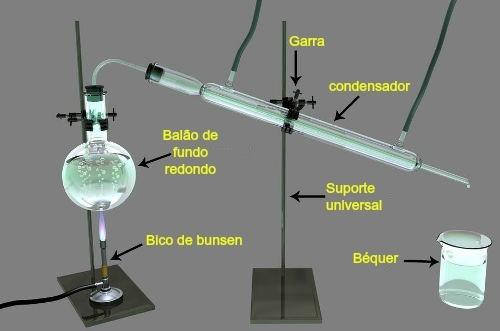Carbon dioxide, carbon dioxide or carbon dioxide is a molecule composed of one carbon (C) and two oxygen (O) atoms.
It is found in the atmosphere in the form of CO2.
Discovered in 1638 by Jan-Baptist Van Helmont, carbon dioxide is produced by the reaction between oxygen and carbon during respiration and combustion of organic products.
The chemical reaction of CO formation2 is simple and occurs as follows:

Features
Carbon dioxide is colorless, odorless and heavier than air, making it difficult to detect in the environment, as it has no smell or taste.
In high concentration in the atmosphere, it is one of the main gases that form the greenhouse effect.
As a result of this process, carbon dioxide can cause the air pollution, rising temperatures and acid rain.
It is still responsible for photosynthesis and combustion. Without it, plants, phytoplankton and algae could not do the process of photosynthesis.
Also read about the carbon cycle.
broadcast sources

The combustion of organic matter is the main source of CO production2. It results from the burning of products such as oil, wood and fossil fuels.
Human activities, especially industrial ones, are important sources of carbon dioxide emissions.
Fermentation, decomposition of organic matter, and the respiratory processes of living organisms are also sources of CO production.2.
Volcanic eruptions, deforestation and fires also emit carbon dioxide.
Uses
In addition to the natural photosynthesis process, CO2 It is used in the food industry, especially beverages in the process called carbonation.
This process is applied to the manufacture of soft drinks, sparkling water, sparkling wines and beer.
It is also used in the production of dry ice (solid carbon dioxide) and in fire extinguishers.
Carbon dioxide is also of fundamental importance in tissue conservation, being used in the transport of organs for transplantation.
Learn more, read also:
- Carbon monoxide
- What is Atmosphere?
- Carbon
- Simple and compound substances


